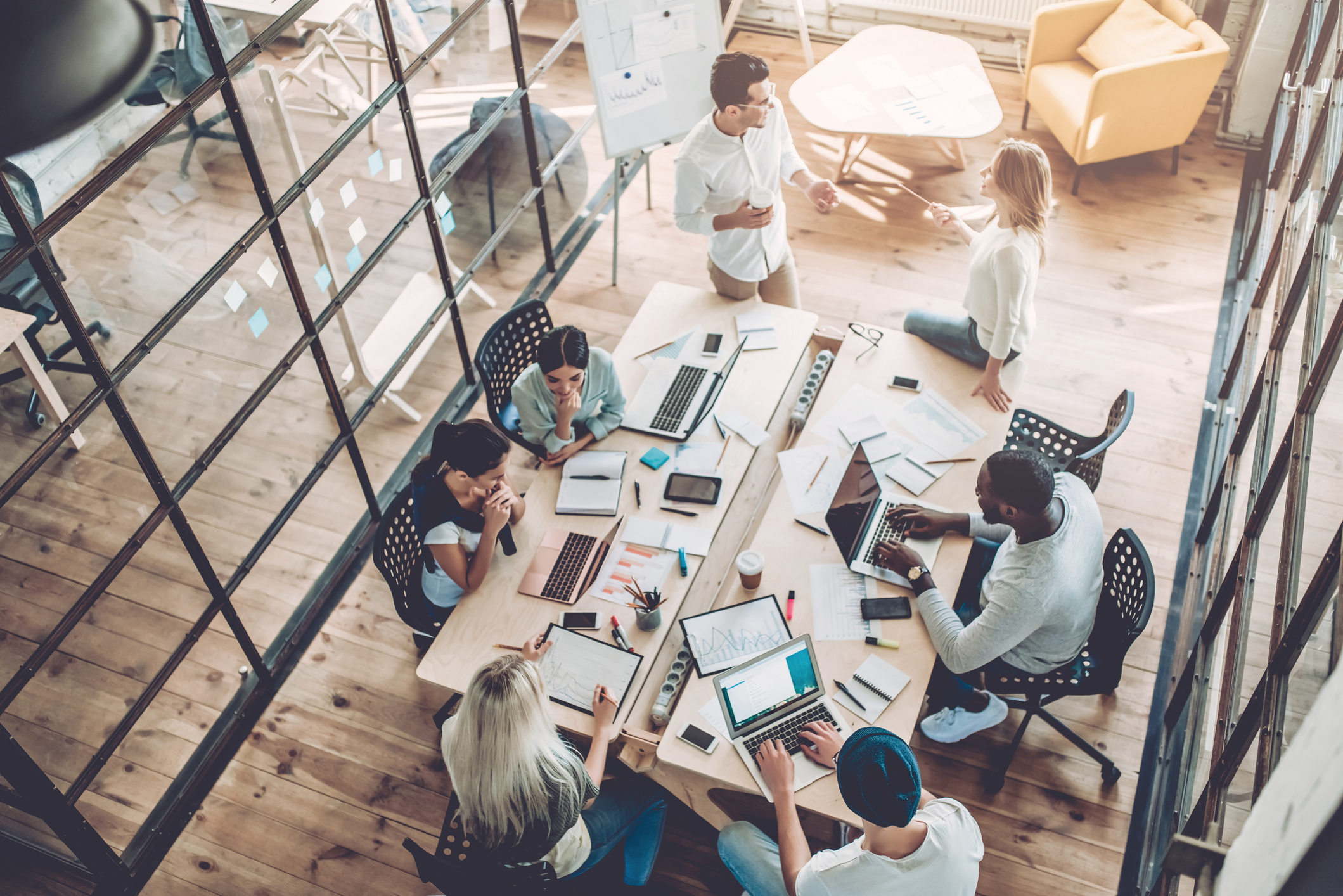Safe spaces may be a politically charged term on college campuses across the US. However, in the workplace, safety is paramount. According to data collated by the Equal Employment Opportunity Commission (EEOC), employees filed 97,443 charges in 2016, while the EEOC issued 81,129 notices to sue. Although these cases relate to possible discrimination, they highlight how modern employees are now more willing to take their bosses to court in the event of a perceived wrong. Indeed, when you combine this data with US Department of Labor’s finding that 5,147 workers were killed on the job in 2017, the need to create “safe spaces” in the work arena is paramount.
Tech Injuries Are on the Up
Delving into the numbers, the Department of Labor found that the four most common accidents were: falls, struck by an object, electrocutions and caught in between an object. In an increasingly tech-based world, the issue of electrocutions is most interesting. The improper application and use of new technology can actually do more harm than good. A study by the Seafarers International Research Centre (SIRC) at Cardiff University found that technology accounted for more than 25% of injuries on ships. Surveying maritime incident reports dating back to 2002, researchers found that technological failures were the sixth most common cause of injury.
However, even more interestingly, it was the ineffective use of technology that was a bigger issue for employers. As per the data, 115 of the 693 cases investigated (16.6%) were due to the ineffective use of technology while just 80 cases (11.5%) were down to technical failures. Ever since technology became a bigger part of our working environments, the common fear has been “what if something goes wrong?”. While there’s no doubt things can malfunction, the reality is that, in most cases, technology is more reliable than it’s ever been. The bigger issue, it seems, is a misuse of technology. For employers, education is crucial. In Queensland, the government publishes a series of guidelines on the safe use of laptops. Covering screen positioning to protect a user’s neck to the placement of cables to avoid trip and electrocution hazards, the guide is a preventative form of protection for employers and employees.
Education, Insurance and Analytics
However, even with effective education, accidents still happen. Insuring against the unforeseen is just as important as prevention. Taking out cheap general liability insurance not only protects businesses, employers and customers but mitigates the cost of lawsuits. As well as compensation for the affected party, the typical fee for a lawyer is 25% to 40%. The losing side will often have to pick up this bill, meaning that the cost of a lawsuit can spiral. In the majority of cases, tailored liability insurance will cover court and legal fees as well as medical expenses and additional costs. Naturally, before an employer becomes wrapped in a world of litigation and insurance, bubble-wrapping the workplace is important.
Ironically, to prevent tech causing harm, we can use tech. Known as prescriptive analytics, it’s now possible to measure multiple data sets and predict when or where accidents may happen. The SmartDrive system uses video technology to stream a driver’s journey to a central control unit. Here, progress is tracked and real-time decisions are made based on the driver’s performance. Taking this a step further, prescriptive analytics can also take into account data from a worker’s FitBit or Smartphone to analyze their movement patterns and sleep cycles. Identifying someone that’s lacking sleep could help prevent a lapse in concentration and, in turn, an accident.
Although prescriptive analytics is still relatively new, it’s progressing quickly. By using this in conjunction with basic education and adequate insurance cover, tech-based injuries and their associated lawsuits can become a much smaller risk. What’s more, this trident of protective measures will make workplaces into safe spaces.
